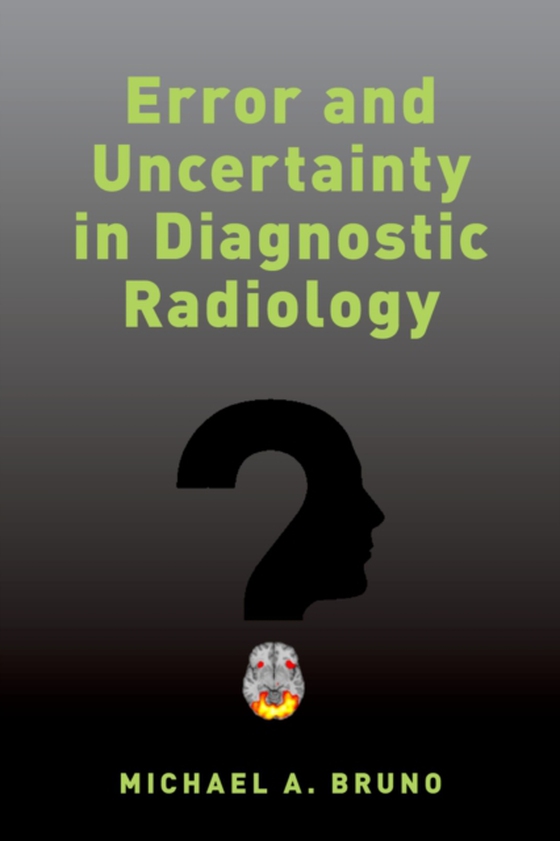
Error and Uncertainty in Diagnostic Radiology e-bog
366,80 DKK
(inkl. moms 458,50 DKK)
Over the past decade, radiological imaging tests - including CT scanning, MRI, PET, X-rays, ultrasound, fluoroscopy and other modalities - have become essential to the routine diagnostic process. While these modern advanced medical images and their striking anatomic detail have discovered underlying issues, they have also contributed to a false impression of infallibility. Unlike other straight...
E-bog
366,80 DKK
Forlag
Oxford University Press
Udgivet
8 februar 2018
Længde
304 sider
Genrer
Clinical and internal medicine
Sprog
English
Format
epub
Beskyttelse
LCP
ISBN
9780190665418
Over the past decade, radiological imaging tests - including CT scanning, MRI, PET, X-rays, ultrasound, fluoroscopy and other modalities - have become essential to the routine diagnostic process. While these modern advanced medical images and their striking anatomic detail have discovered underlying issues, they have also contributed to a false impression of infallibility. Unlike other straightforward diagnostic tests, such as the EKG or blood chemistry panel, radiological imaging tests are highly variable and complex, often yielding uncertain results, as well as frequent false-negatives and false-positives. The experts who interpret the images (the diagnostic radiologists) sometimes make mistakes: the practice of diagnostic radiology is a fallible, human endeavour, one involving complex perceptual, neuro-physiological and cognitive processes employed under a wide range of circumstances, and with a great deal of variability. Error and Uncertainty in Diagnostic Radiology opens the 'black box,' of medical imaging, exposing the remarkable inner workings of the process of diagnostic radiology-including how and why it can sometimes go tragically wrong. The occurrence of radiological error is shown to be fundamentally intertwined with the underlying high level of uncertainty known to be present in the diagnostic process. As a foremost expert on radiology quality and safety, Dr. Bruno provides insight into the various types of radiologist error, along with a conceptual framework for understanding error and uncertainty in radiology, leading to practical strategies for error prevention and for reducing the risk of harm to patients when errors inevitably occur. This book is essential for radiologists, members of the Society to Improve Diagnosis in Medicine, emergency physicians, medical educators, medical and hospice administrators, especially quality and safety officers, as well as malpractice insurance carriers.
 Dansk
Dansk

